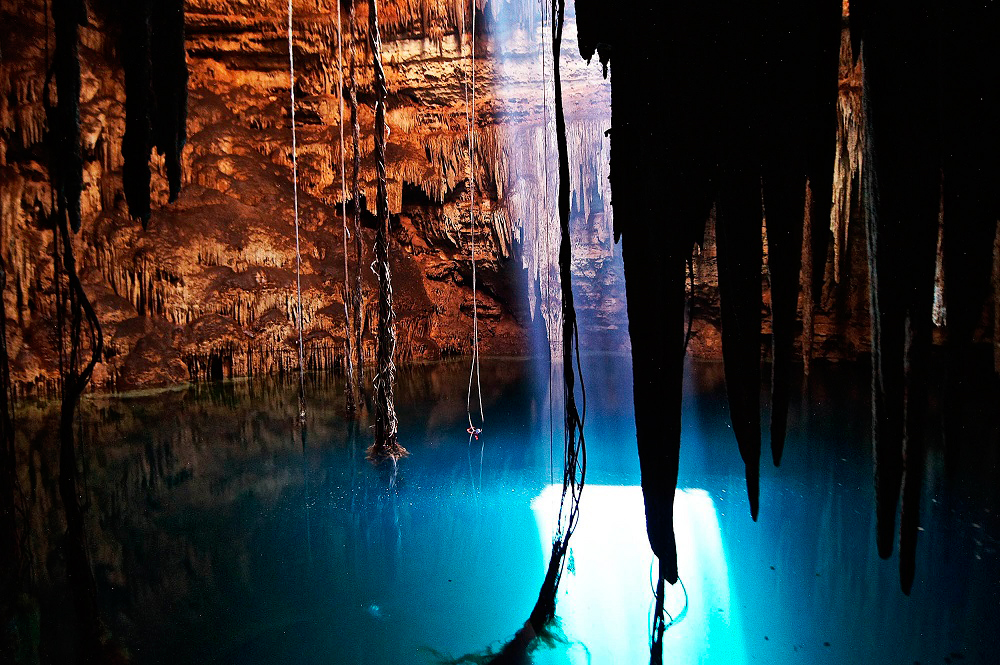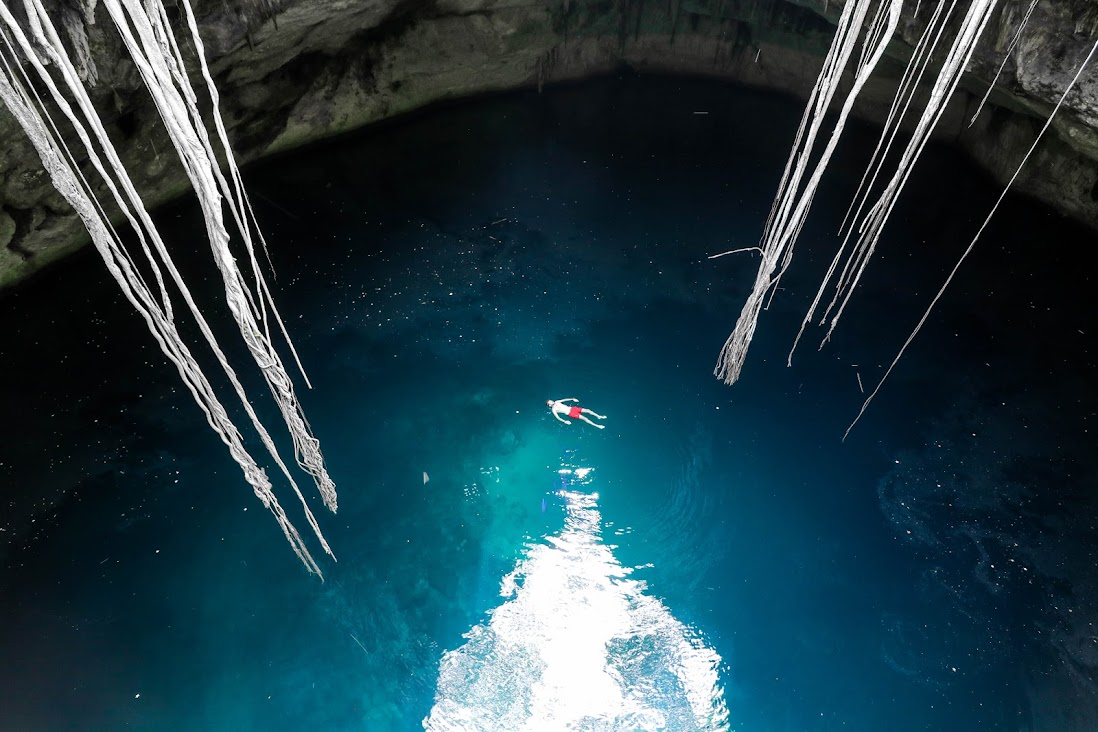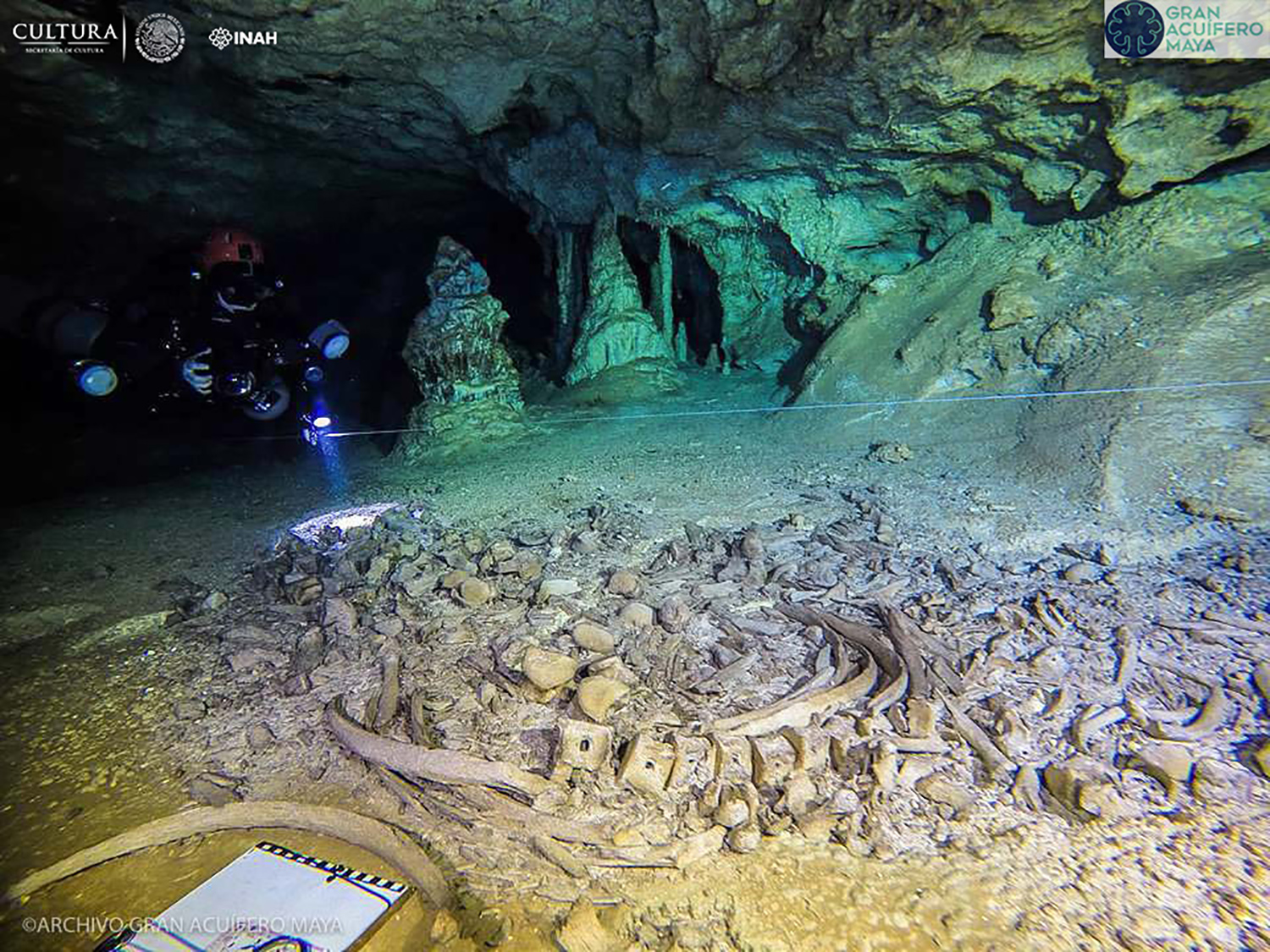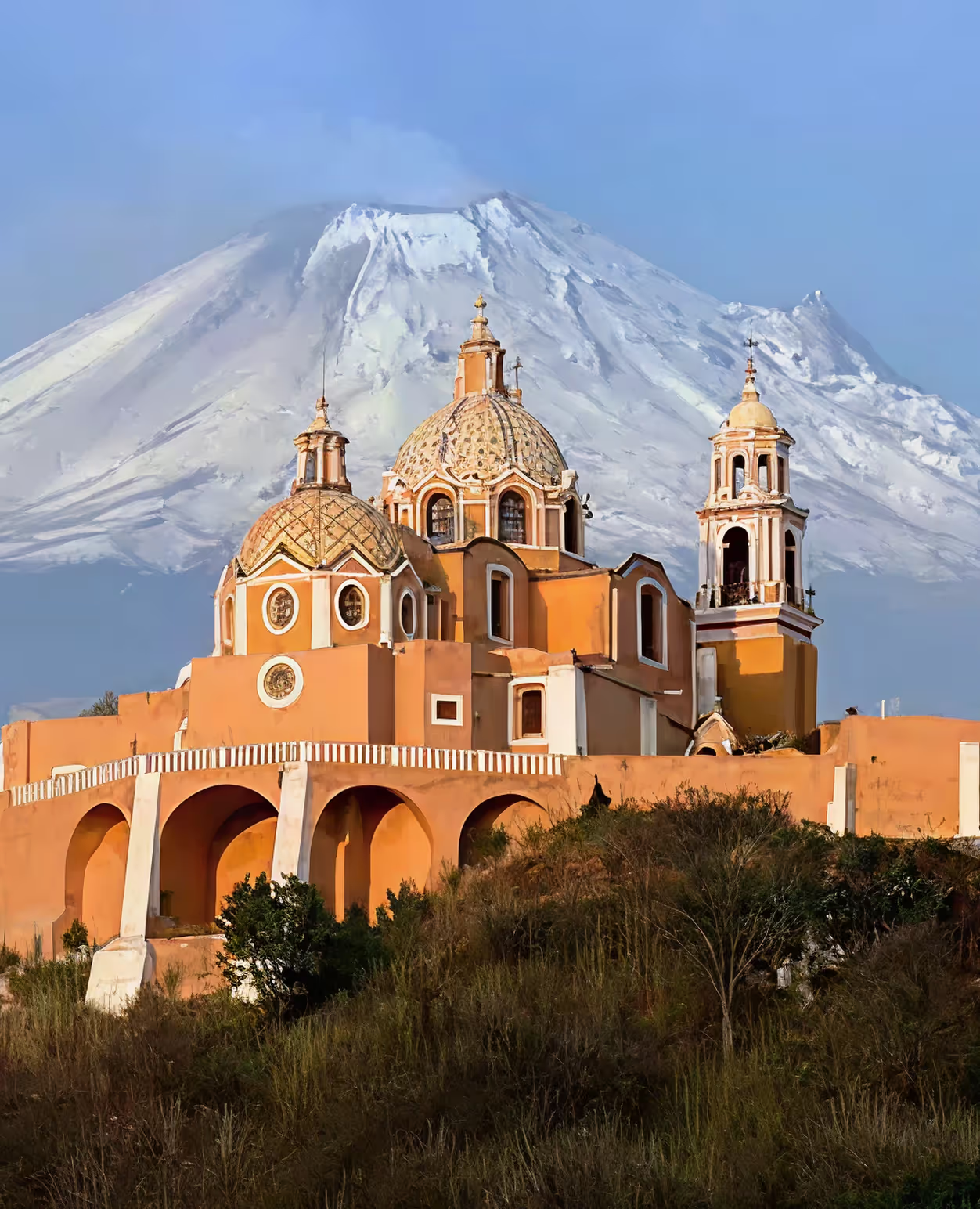Plan your trip
Plan my custom trip
Request a quote
Customize my trip
Design your trip




For the Maya culture, cenotes were very important. They were considered sacred places, among other things because water was obtained from them and they were strategic points to install cities. For the Mayas, these water holes were considered the gateway to the underworld.
The cenotes were a fundamental part of the cosmovision, because they were the entrance to their third universe, just after heaven and earth. There in the depths the ancient inhabitants of Mexico sought not only the origin of the human being, but also that specific place where the gods dwelled.

That said, it is impossible to overlook the fact that the cenotes in the Yucatan Peninsula are an earthly paradise of crystalline waters, vegetation and stalactites that in their forms tell the story of time.
The cenotes have so much magic that it is worth seeing them and floating in them at least once in a lifetime.
If you want to live this experience, Rutopía helps you to organize your trip.
However, the wonders of the cenotes are not only on the surface. The bottom of these labyrinths of water is full of treasures that the Mayan once left us and. Tresures that have been preserved almost intact.
In the entire Yucatan peninsula there are more than 7,000 cenotes, although officially only 2,000 are known. These sites are so deep that they house numerous underwater caves that apparently were on the surface and between the interglacial periods were covered with water. In them, the Maya built altars, placed offerings and were even the place to practice certain types of commercial exchanges.
In the entire Yucatan peninsula it is estimated that there are more than 7,000 cenotes, but only 2,000 are known. These sites are so deep, that they contain numerous underwater caves with hidden treasures.
Apparently these caves were on the surface and the Mayans settled there, but during the interglacial periods they were covered with water. In them they built altars, made offerings or even traded.

But the most interesting thing is that these caves are linked to one another. Underwater are mysterious paths, huge labyrinths almost impossible to discover that connect one cave to another, and form a single archaeological site of great magnitude.
If you want to know one of the underwater Mayan wonders, click here and travel with Rutopia.
In the meantime, there are many scientists who continue searching for the vestiges left by the Mayas underwater and the connections between the caves of the Yucatan Peninsula. These sites are very important for the history and culture of Mexico.
As a result of investigations by different specialists, large and important connections between various sites have been discovered. All the caves connected by an underwater labyrinth form a single cave system.
Sac Actun is one of the many underwater cave systems located in the Yucatan Peninsula, to the north of Tulum. Its name means “white cave” and it is currently the largest underwater cave in the world.
Since it is connected to many sites along the peninsula, it now forms a 347 kilometers long labyrinth underwater. It is possible that there are more connections from this site to others, so the labyrinth could reach more than 1,000 kilometers.

But not just a large labyrinth was found. During the explorations hundreds of Mayan items were found. In addition, human and animal remains were discovered, which are evidence of the first settlers in the Peninsula, long before the arrival of the Mayan civilizations.
Therefore, these discoveries may change what we know about the first settlers of the continent.
There are also remains of bonfires and altars dedicated to the Mayan gods. This is because the cenotes were “the main scenario of the myth of creation” for the Maya civilization, according to an INAH specialist Guillermo de Anda.

Likewise, this allows us to learn more about the activities and daily life of the civilization.
With Rutopía, you can learn more about the Mayan culture. See all the options we have for you.
With all this, Sac Actún may become the most important underwater archaeological site in the world.
In conclusion, underwater caves are not only home to mysterious and infinite labyrinths. They are also the door to a tunnel in time, which can transport us to more than 10,000 years ago and give us a magical landscape while we visit our past.
♦♦♦
If you enjoyed this article, you can also visit:
Three treasures left by the Maya are discovered in a cave.


